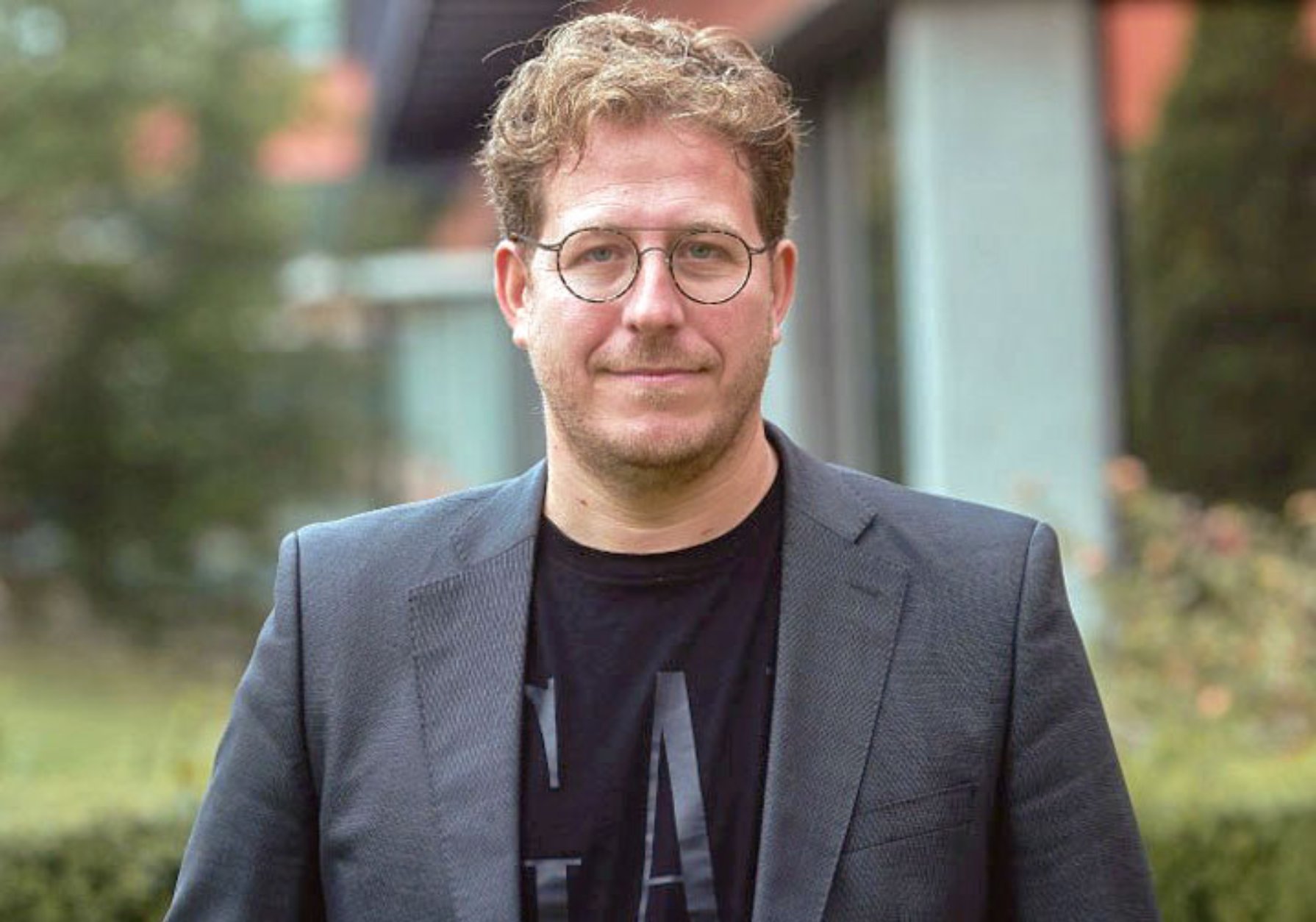The University of Valencia participates in the description of the genetic changes in the south of the Iberian Peninsula of 4,200 years ago
- Scientific Culture and Innovation Unit
- November 18th, 2021
 Autoría ©ASOME-UAB_web.jpg)
The third millennium Before the Common Era (BCE) produced substantial visible transformations in European populations. A study published in Science Advances, directed by the Max-Planck Institute for Evolutionary Anthropology in which researchers from the University of Valencia and of Alicante participate, documents the arrival of the genetic ancestors of modern humans to the south of the Iberian Peninsula , in the emergence of the El Argar culture, about 4,200 years ago. Domingo C. Salazar, a researcher at the University of Valencia, participates in the work.
“With each new archaeogenetics study it can be sensed that prehistoric populations were much more dynamic than what has traditionally been considered”, says Domingo C. Salazar García. “The societies that from the present we mentally frame in a simplistic way, such as Copper or Bronze, were probably much more diverse and complex than we can imagine”, reflects the Valencian physician and historian, who has worked for years at the sites studied.
The third millennium BCE it is a very dynamic period in the prehistory of Europe and Western Asia, characterised by large-scale social and political changes. In the Iberian Peninsula, the Copper Age, some 4,500 years ago, was in full swing, with significant population growth, attested by a great diversity of settlements and fortifications, monumental funerary structures, as well as large settlements of more than 100 hectares. For reasons that are not yet clear, the second half of the millennium saw depopulation and the abandonment of settlements.
In the southeast of the Iberian Peninsula, around 2,200 BC, one of the most outstanding archaeological entities of the European Bronze Age emerged: the El Argar culture, one of the first state-level societies on the European continent. This society is identified with its large power plants on hills, differentiated ceramics, specialised weapons and bronze, silver and gold artifacts, together with an intramural funerary rite, with burials and habitats integrated into the same space.
The new study has explored the relationship between large-scale demographic changes and the major social and political changes of the third and second millennium BC, by analysing the genomes of 136 individuals who lived between 3,000 and 1,500 BCE. (96 from the Bronze Age of El Argar and other contemporary societies, 34 from the Copper Age and 6 from the Late Bronze Age). Including published genomes from the Iberian Peninsula, the new study covers data from nearly 300 prehistoric individuals.
“Although we knew that the so-called steppe ancestry, which had spread throughout Europe during the third millennium BC, ended up reaching the north of the Iberian Peninsula around 2,400 BC, we were surprised to see that all prehistoric individuals from the El Argar period carried a part of this ancestry, whereas in the individuals of the Copper Age it is absent”, affirms the researcher of the Max Planck Wolfgang Haak, main author and researcher of the study.
Genomic data reveal some of the underlying processes behind this genetic change. Whereas the bulk of the genome shows that Bronze Age individuals are a mixture of local Copper Age ancestry and a minor part of incoming ancestry from the European continent, the chromosome and paternally inherited lineages show a complete change, linked to the movement of steppe descent that is also visible in other parts of Europe.
Social implications
It is possible that the genetic change was caused by various factors and not only by the migration of groups from the north and centre of the Iberian Peninsula. Possibly the climatic deterioration that affected the eastern Mediterranean around 2,200 BCE contributed to it. Another of these factors could be pandemics, as an early form of plague, which has been evident in other regions of Europe at that time.
“It is logical to think that the people who lived in those periods interacted with people from other cultures and places, although the type of interaction is not entirely clear through genetic analysis. Were they violent, commercial, cultural interactions? To try to answer that, we must resort to studying the archaeological record”, says Salazar García.
In this sense, although the archaeological record of the El Argar group shows a clear break with previous Copper Age traditions, this is not the case in the Valencian area. “Until recently, it was assumed that during the Copper Age burials in the Valencian area were defined by the ritual of collective burial inside natural caves, while, from the Bronze Age, their number was drastically reduced. and they happened to be located inside a few towns. However, this study indicates the survival of the ritual in the cave”, points out Gabriel García Atiénzar, a researcher at the University of Alicante.
Article: Vanessa Villalba-Mouco et al. «Genomic transformation and social organization during the Copper Age-Bronze Age transition in southern Iberia». Science Advances 17 Nov 2021. Vol 7, Issue 47. DOI: https://www.science.org/doi/10.1126/sciadv.abi7038
File in: Investigació a la UV , Internacionalització recerca , Facultat de Geografia i Història , Difusió i comunicació científica , Cultura Científica , Recerca, innovació i transferència
















